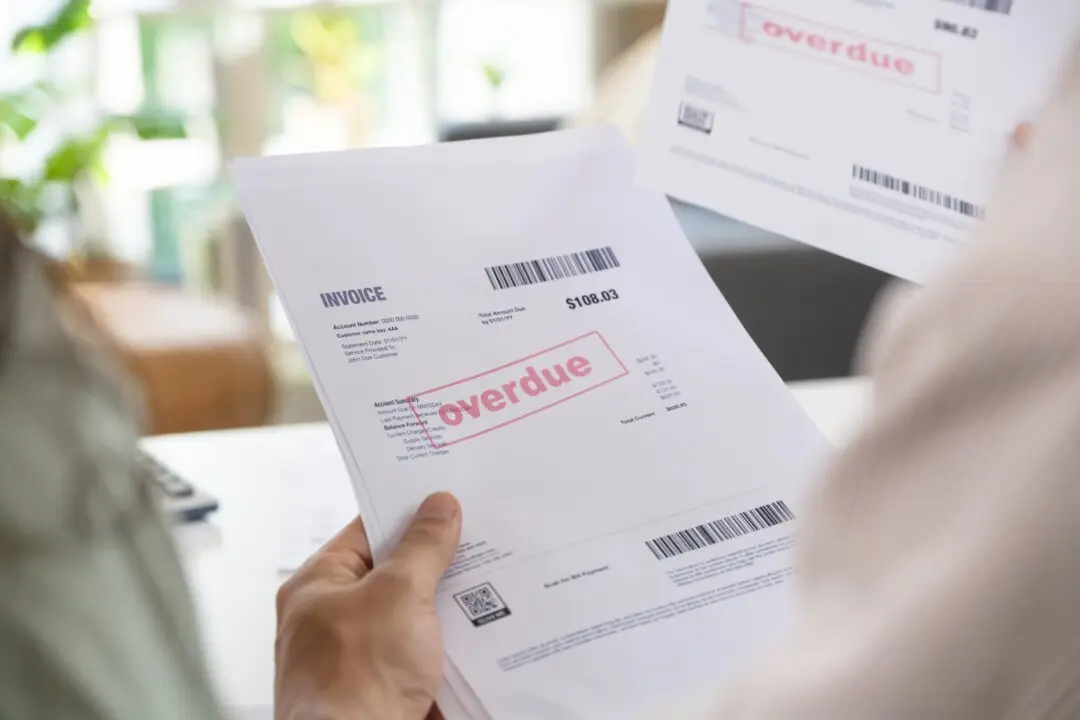During pre-retirement, most people are in saving mode. They’re putting away as much money as they can before leaving the workforce. Sitting down with financial advisors to develop an accumulation strategy is paramount. But that’s not the only financial strategy that should be devised.
Retirement income distribution should be part of the strategy. Taking funds out of those retirement accounts in a systematic manner is just as crucial as saving. There are a couple of ways to approach this. And you'll need to decide what strategy will work for your goals.






